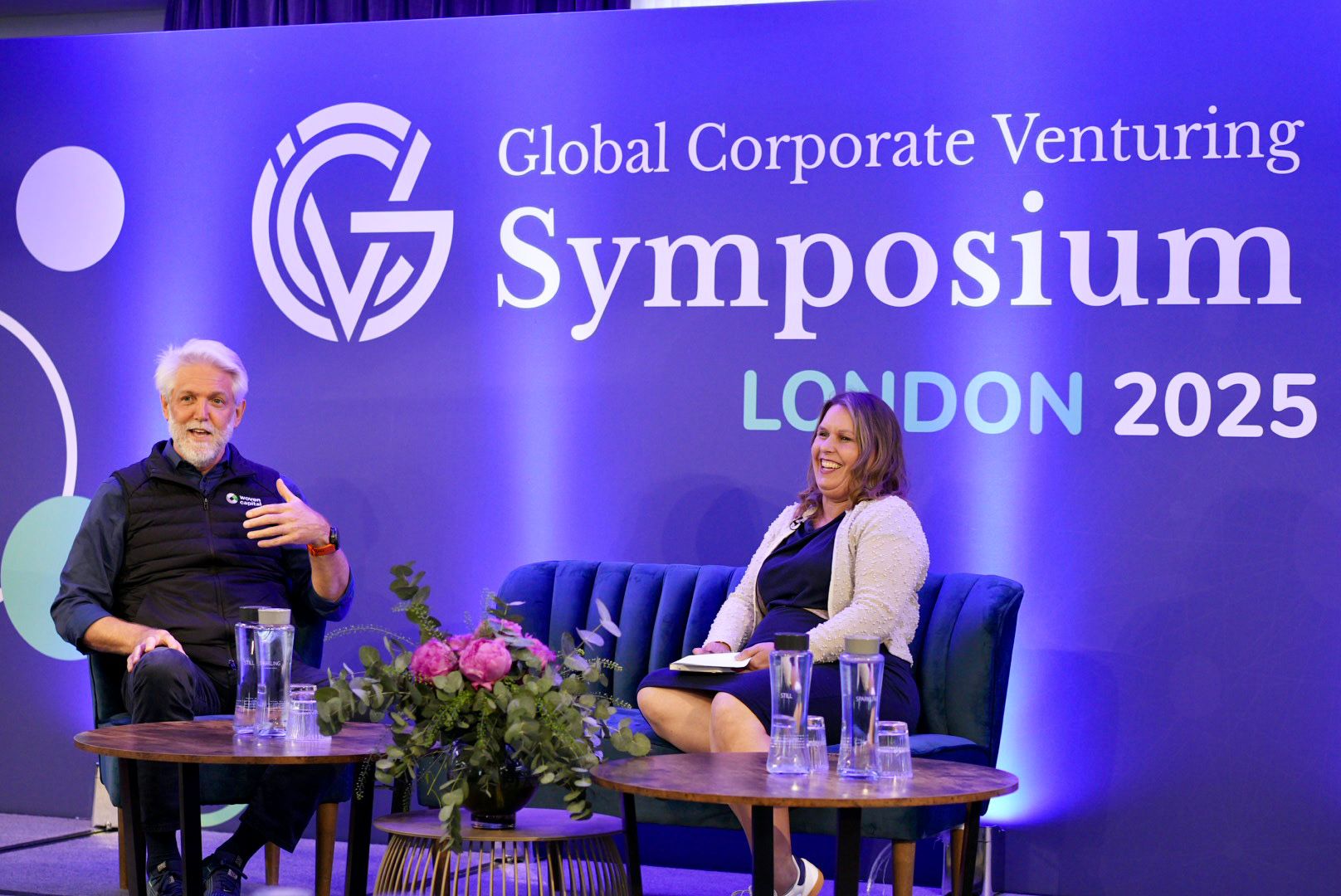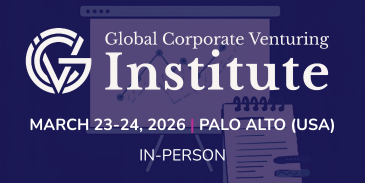Woven Capital MD George Kellerman gave the GCV Symposium some advice on how to launch a corporate venture initiative that stands the test of time.

Forming one corporate investment arm that survives long-term is rare enough, but George Kellerman has set up two, and he shared a few of his secrets at the GCV Symposium in London yesterday.
Kellerman was founding COO of Yamaha Motors Ventures in 2015 and had ascended to run the unit by the start of 2019. He moved to head investments and acquisitions at Toyota’s Woven subsidiary the following year and by 2021 he had founded growth-stage unit Woven Capital as managing director.
All these years later, Yamaha Motor Ventures is still running while Woven Capital is thriving with a $800m fund, in an age where 60% of CVC units can’t make it past four years. So, what are Kellerman’s secrets? These are his key tips for forming a corporate VC unit that stands the test of time.
1. Don’t hire the CVC team from the parent company
Kellerman’s time at Yamaha taught him that setting up the unit correctly from day one is crucial in getting the trajectory right. For a start, at both Yamaha Motor Venture and Woven, Kellerman deliberately didn’t recruit anyone from within the parent company to staff those units.
“The whole purpose of our existence is to transform the company, to bring outside innovation into the company. We have an open innovation mandate,” Kellerman told the Symposium.
“If we just take people from the existing business, we’re just going to replicate that way of thinking. Our job is to educate and train them in how to think differently. We leverage them, we work very closely with them, we have many part-time secondees from the business that support our team, but the core team really needs to come from outside the company.”
2. Set up an independent fund
“The investment committee is the final approval process,” Kellerman said. “But if you don’t have a strong investment team and if you don’t have professional investors, you’re just going to bring stuff to the investment committee that might not be a good financial investment.”
From the beginning, Kellerman wanted Woven to be built as an independent fund with independent, professional investors, and he set up the unit with a 2% management fee and 20% carried interest the way he would have at a traditional VC fund.
“We wanted to attract professional investors, and that means we’re competing with VCs,” he said. “If we don’t have the upside of carried interest, we’re never going to be able to attract that kind of talent.
“We wanted to make sure that we structured it as an independent fund from day one, meaning we don’t have to go back to the balance sheet every time we want to do a follow-on. We have reserves for follow on built into our fund model. You have to really front load it, and the legal structure is really important. The investment committee on the other end is who is making the actual decisions.”
Having a strong team means that there is a high pass rate for the potential startup funding deals that are put in front of the investment committee.
”One of our investment committee members said once, ‘You guys are always voting yes, everything passes.’ We’re like, ‘That’s because you only see the things that we as a team actually agree are the best investments’.
”There has to be a strong financial hurdle before we even bring it to there,” said Kellerman. “If we don’t have a majority of the investment team [in favour of a deal], it never goes to the investment committee.”
3. Allow dissenting opinions on the investment committee
No one member of Woven’s investment committee, including Kellerman himself, has a veto on the investment committee. Four out of seven need to vote yes for an investment to go through, and sometimes the four most junior members are the ones that have allowed a deal to go ahead.
Originally, everyone on the committee reported directly to the president of Toyota’s Woven subsidiary, but the unit didn’t want a dynamic where people are concerned about voting differently to the CEO. They ended up anonymously voting by Google form after each meeting so that the votes would not be influenced by the senior people in the room.
“It’s a way to kind of remove that power imbalance,” Kellerman said. The investment committee has since returned to a more conventional in-person voting system but Kellerman still considers Google form voting to have merits.
Kellerman has also brought an outsider onto the investment committee as an independent member. Rob Coneybeer, the founder of venture firm Shasta Ventures, is currently serving as that independent member on the Woven Capital IC. He comes to management calls, takes part in the due diligence process, and sometimes he votes against everyone else.
4. Create a portfolio success team
Kellerman established a portfolio success team at Woven Capital, who are assessed on the success of the portfolio companies.
“The portfolio success team gets involved in the diligence process from day one, and they actually are voting as well in terms of saying, should this [deal] go forward? Because if they don’t believe the business unit is going to support it, it might be a great financial investment but we’re never going to get the strategic benefit and upside that we want.”
Woven Capital gets leaders from different business units to take the lead on collaboration with startups. They don’t officially “sponsor” the startups but do commit to supporting them. These business unit leaders act as a reference for the investment committee and can tell the investors how they would work with a startup – a year, or four years into the future – and what the strategic rationale for an investment is.
5. Create structured ways for portfolio companies and corporations to collaborate
Woven Capital is very careful not to put too many requirements on the startups it invests in.
“A lot of corporates get a bad reputation for giving really overly restrictive requirements to their startups, and we try to keep it as founder friendly as possible. There are certain things we will want to ask for, but we keep very, very light,” Kellerman said.
One thing it does ask its portfolio companies to do is to set up a technical advisory committee that will meet quarterly with Toyota engineers to discuss existing and potential collaborations as well as product roadmaps.
Toyota engineers love being able to pick the brains of startups, while the startups can find out what is happening in the market from a technical perspective.
“We kind of stumbled upon it but now it’s part of our playbook,” Kellerman said. “Let’s just automatically ask for it. We’ve never had a company saying no to it because they love the idea that we’re committing to send engineers to them.”
6. Think about having multiple LPs for the fund from day one
One notable way to create a long-lasting fund is to involve more than just a single corporate as an LP.
Toyota is still the sole investor in Woven Capital but Kellerman does not rule out having other corporations join subsequent new investment finds. Having a separate fund structure set up from day one makes this much easier, he says.









